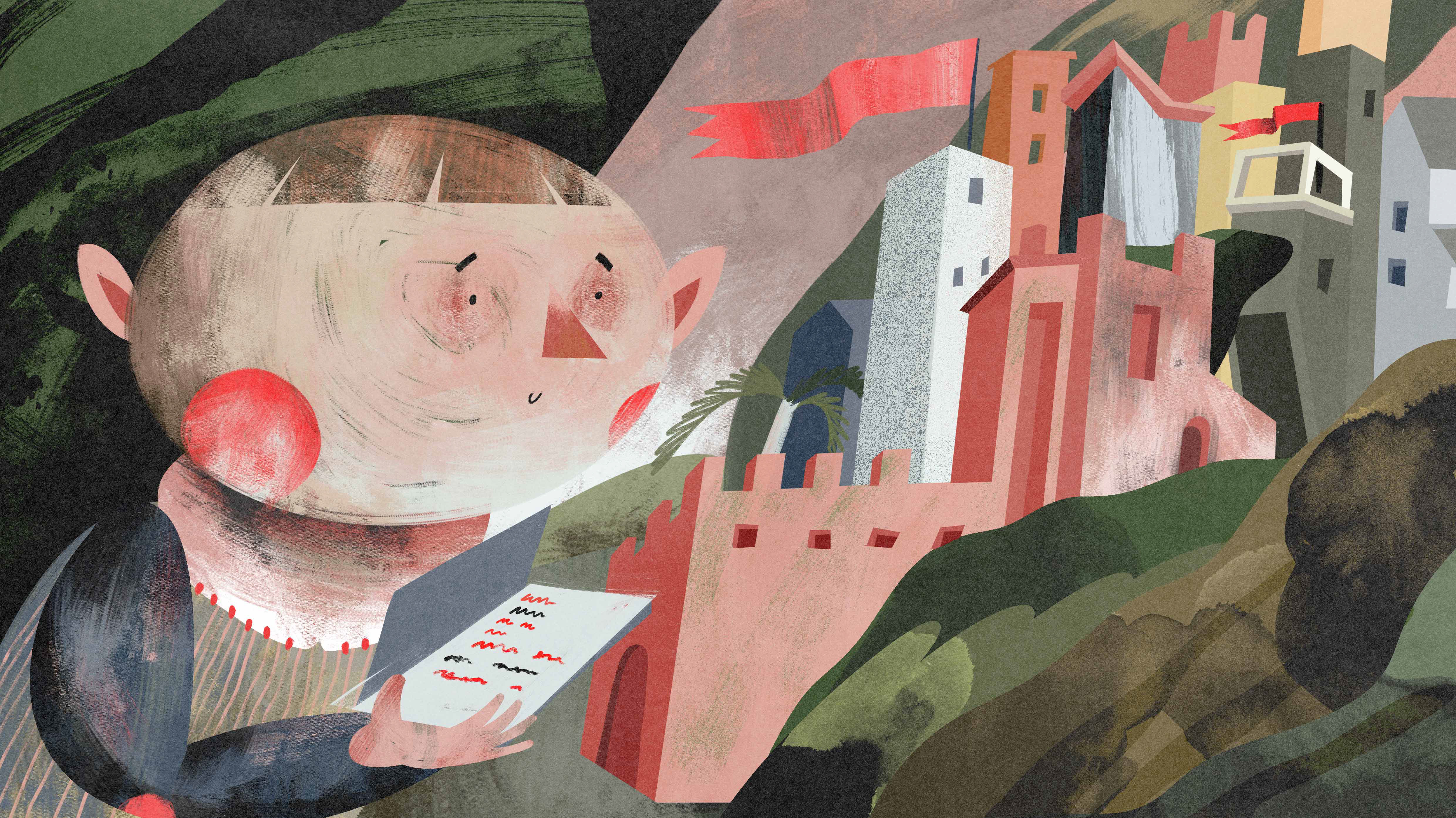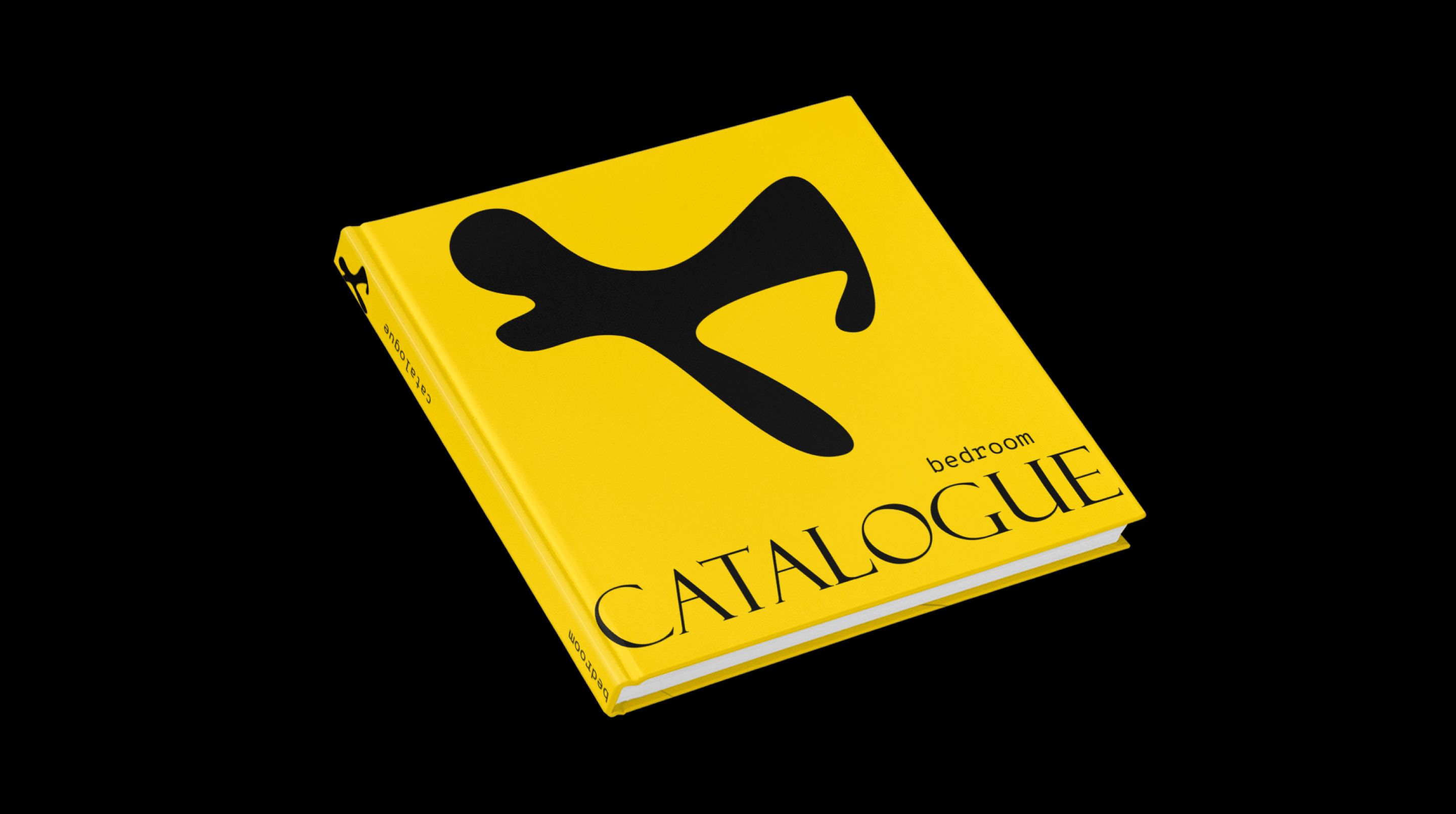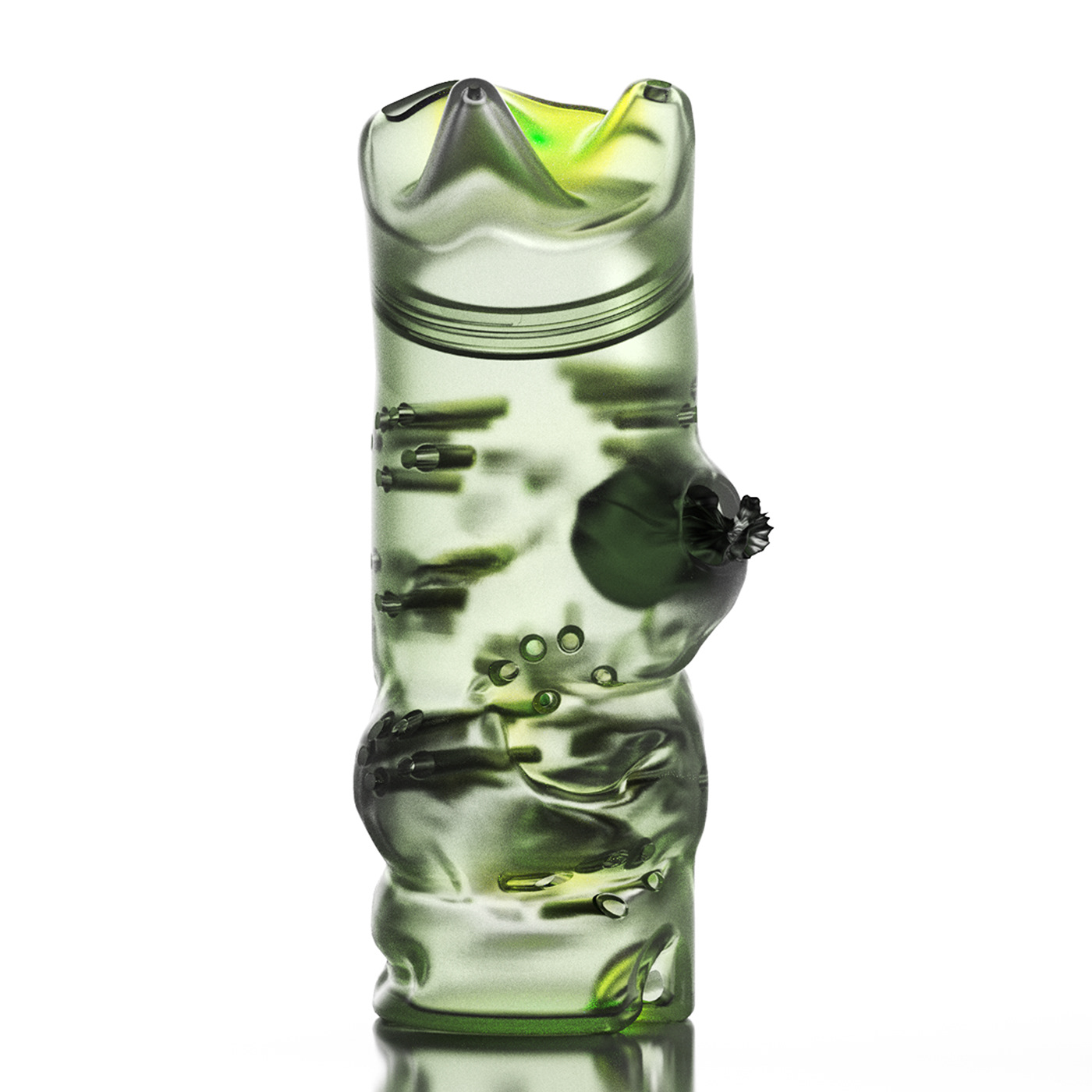

Contemporary products which are made for sale aim at clear distinction because they need to be understood quickly, strongly and differently to be chosen by customers. So we use all sorts of external designation on products like names, brands, categories and classes. Historically, however, things were not always made for sale. The discussion of things that go beyond the paradigm of contemporary production and consumption includes with concerns about how things without external designation could be differentiated. Have you ever thought about undefined products?
잘 팔리는 것을 목표로 하는 현대의 제품은 명확한 구분을 지향한다. 소비자에게 빠르고 강렬하고 다르게 이해되어야 선택받을 수 있기 때문이다. 따라서 우리는 제품의 이름, 브랜드, 카테고리, 등급 등 다양한 제품 외적 규정을 사용한다. 그러나 역사적으로 물건은 항상 팔리기 위해서만 만들어지지는 않았다. 현대의 생산과 소비의 패러다임을 벗어나는 물건에 대한 고민은 외적 규정이 없는 물건의 차이가 발생하는 방법에 대한 고민을 동반한다. 그렇다면 우리는 한 번이라도 규정되지 않은 물건에 대하여 고민해본 적이 있던가?
“Will future products still have targets, names, or rules?”

We used design probes to find out usability limitation of everyday things. After the observation and repeated discussions, we found three major empirical limitations of contemporary products.
1. The use of product is defined relatively by the user because he or she doesn't need to use products as the producer's intent. Depending on the user, it may be better for him or her to use things irrelevantly to how they are intended.
2. We need to acquaint ourselves with things. Sometimes products include parts that are not decided by the user. Some features of products are designed for ease of mass production or management, and individual users need to adapt to them.
3. Things can't consider users individually. In general, since modern products are made for sale, producers combine features and limitations of things so that as many buyers as possible can buy them.
2. We need to acquaint ourselves with things. Sometimes products include parts that are not decided by the user. Some features of products are designed for ease of mass production or management, and individual users need to adapt to them.
3. Things can't consider users individually. In general, since modern products are made for sale, producers combine features and limitations of things so that as many buyers as possible can buy them.
우리는 주변에서 현대의 물건이 가지는 사용의 한계를 발견하기 위하여 design probe를 진행했다. probe를 진행한 후 현대의 물건이 가지는 경험적 한계에 대하여 반복적으로 토의한 결과 크게 세 가지를 발견할 수 있었다.
1. 물건의 사용성은 사용자에 의해 상대적으로 규정된다. 사용자는 생산자가 의도한대로 정확히 물건을 사용할 필요가 없기 때문이다. 사용자에 따라서는 생산자의 의도와 다르게 사용하는 것이 사용자 입장에서 더 적합할 수도 있다.
2. 물건은 학습해야 한다. 사용자가 결정하지 않은 부분이 제품에 포함되는 경우가 있기 때문이다. 제품은 대량생산과 관리를 위해 통일되는 요소들이 있는데 이러한 요소들에 대해 개별 사용자는 적응해야 한다.
3. 물건은 사용자를 집단으로 고려할 수밖에 없다. 현대의 물건은 많이 팔리는 것을 목표로 만들어지기 때문에 최대한 많은 구매자들이 거부감 없이 구매할 수 있도록 기능과 한계를 조합하는 것이 일반적이다.
2. 물건은 학습해야 한다. 사용자가 결정하지 않은 부분이 제품에 포함되는 경우가 있기 때문이다. 제품은 대량생산과 관리를 위해 통일되는 요소들이 있는데 이러한 요소들에 대해 개별 사용자는 적응해야 한다.
3. 물건은 사용자를 집단으로 고려할 수밖에 없다. 현대의 물건은 많이 팔리는 것을 목표로 만들어지기 때문에 최대한 많은 구매자들이 거부감 없이 구매할 수 있도록 기능과 한계를 조합하는 것이 일반적이다.
Through these discoveries, we learned about some limitations of contemporary products. In this project, we would like to present design concepts that overcome the limitations of contemporary products we've taken for granted, so we can discuss possibility of the future.





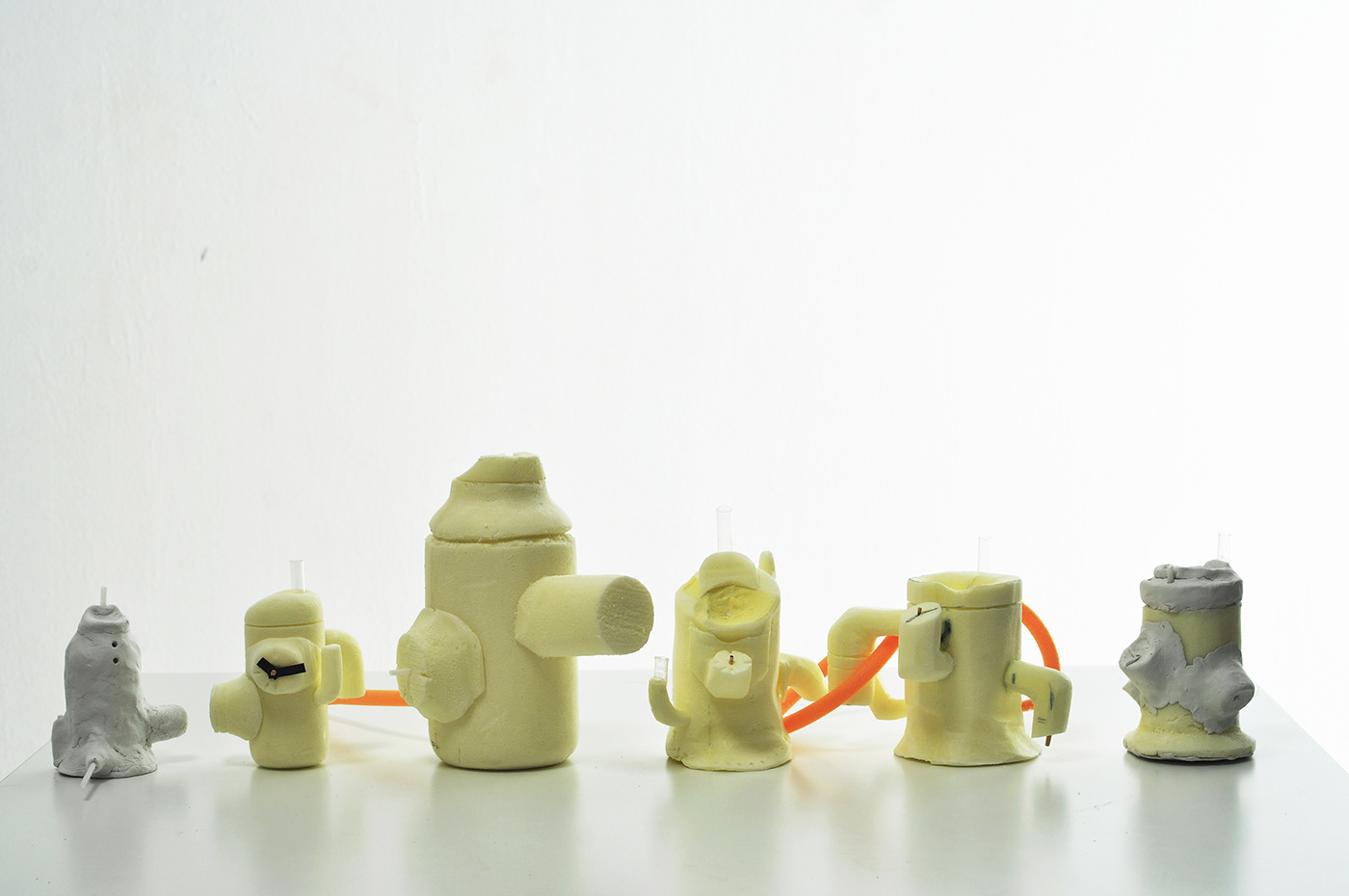
We assumed a future that ideas such as 3D printing and IFTTT becomes common so that users actively intervene more in the production of things. Not all items will be exclusively used even in the world where users can make their own products. However, we expect the appearance of products that focus on personal needs that haven't been attracted attention before. We have tried to find a speculative design concept which can be contrasted clearly with contemporary products.
To clearly illustrate the message, we needed to present new ways for users to participate actively in the production process of things. Also, we thought that product should include trivial desires of the user and use of product should be related directly to production of the products. So, by using futuristic imagination, we propose two archetypes that users can actively participate in production through use and four examples which are derived from them.
우리는 3D 프린팅이나 IFTTT와 같은 아이디어들이 보편화되어 사용자가 물건의 생산에 개입하는 미래를 가정했다. 미래에 사용자 본인이 직접 필요한 물건을 만들어 사용하는 세상이 와도 모든 물건이 개인적으로 전유되지는 않을 것이다. 그러나 현대의 물건은 주목하지 못했던 개인적인 욕구들에 주목하는 물건들이 등장할 수 있을 것으로 예상한다. 이러한 미래의 물건 중 현대의 물건들과 선명하게 대비될 수 있는 speculative design concept를 찾기 위해 고민했다.
주제를 잘 보여주기 위해서는 사용자가 생산과정에 직접 참여하는 새로운 방법을 제시할 필요를 느끼게 되었다. 또한, 사용자의 사용이 생산과 밀접한 관계를 맺고 직관적으로 사소한 욕망까지 투영할 수 있는 방법이어야 한다는 결론에 이르게 되었다. 우리는 이러한 맥락에서 미래적 상상력을 이용하여 사용자가 사용을 통해 생산에 직접 참여할 가능성을 가진 물건의 원형(原形) 두 가지와 이에 파생된 네 가지 유형(類型)을 제안한다.
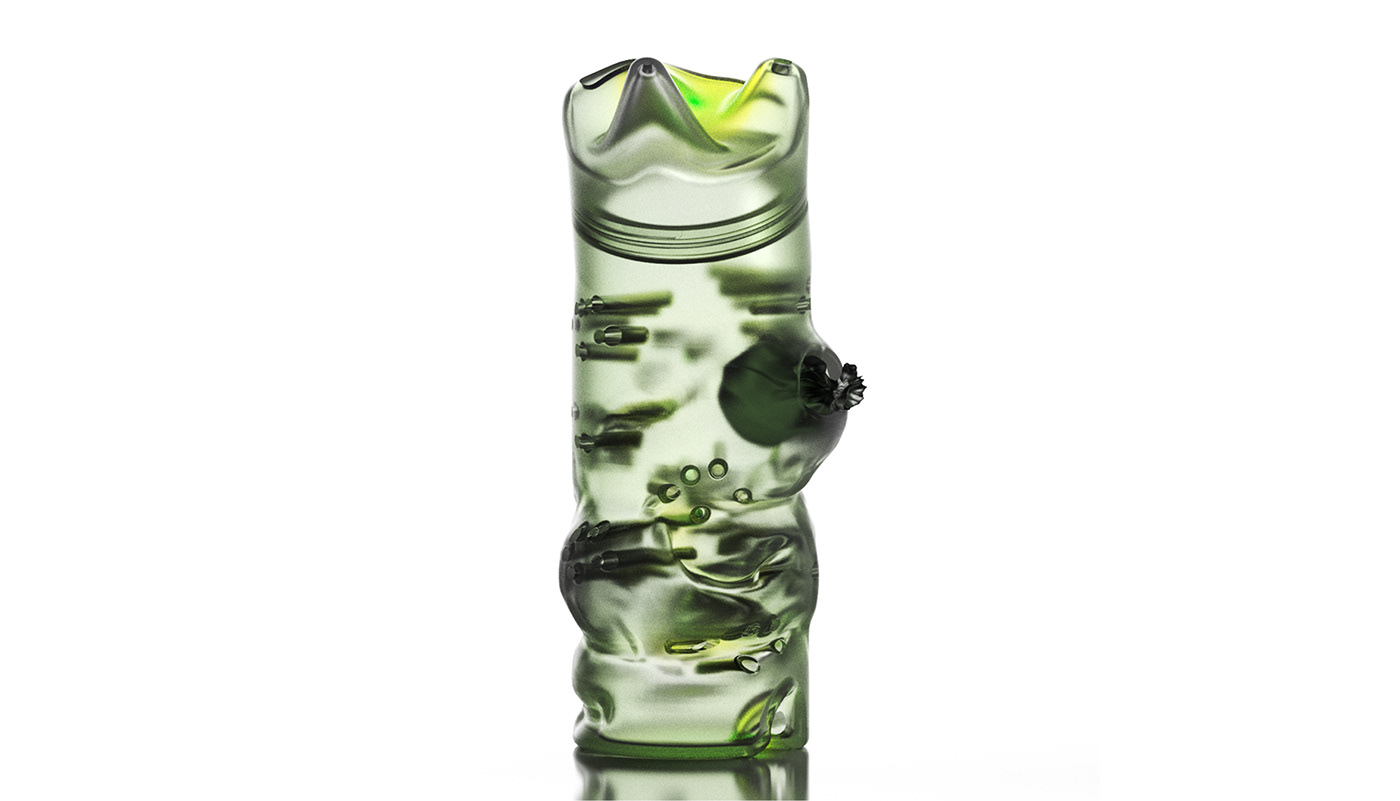


The first one is an archetype of 'drinking'. Through design probes, we found that many things we use in daily life are for holding liquids, especially for drinking. Although drinking can be individual action, much experience and many function of it has been standardized by producers due to ease of mass production.
첫 번째 원형은 마시는 행위의 원형이다. Probe를 통해 우리가 일상에서 사용하는 물건 중 많은 물건이 액체, 특히 마시는 액체를 담는 용도로 사용된다는 것을 발견했다. 마시는 행위는 개인에 따라 사용이 달라질 수 있는 행위임에도 불구하고 현대의 마시는 행위는 생산 주체와 대량 생산의 용이함에 따라 경험과 기능이 통일되어 있었다.
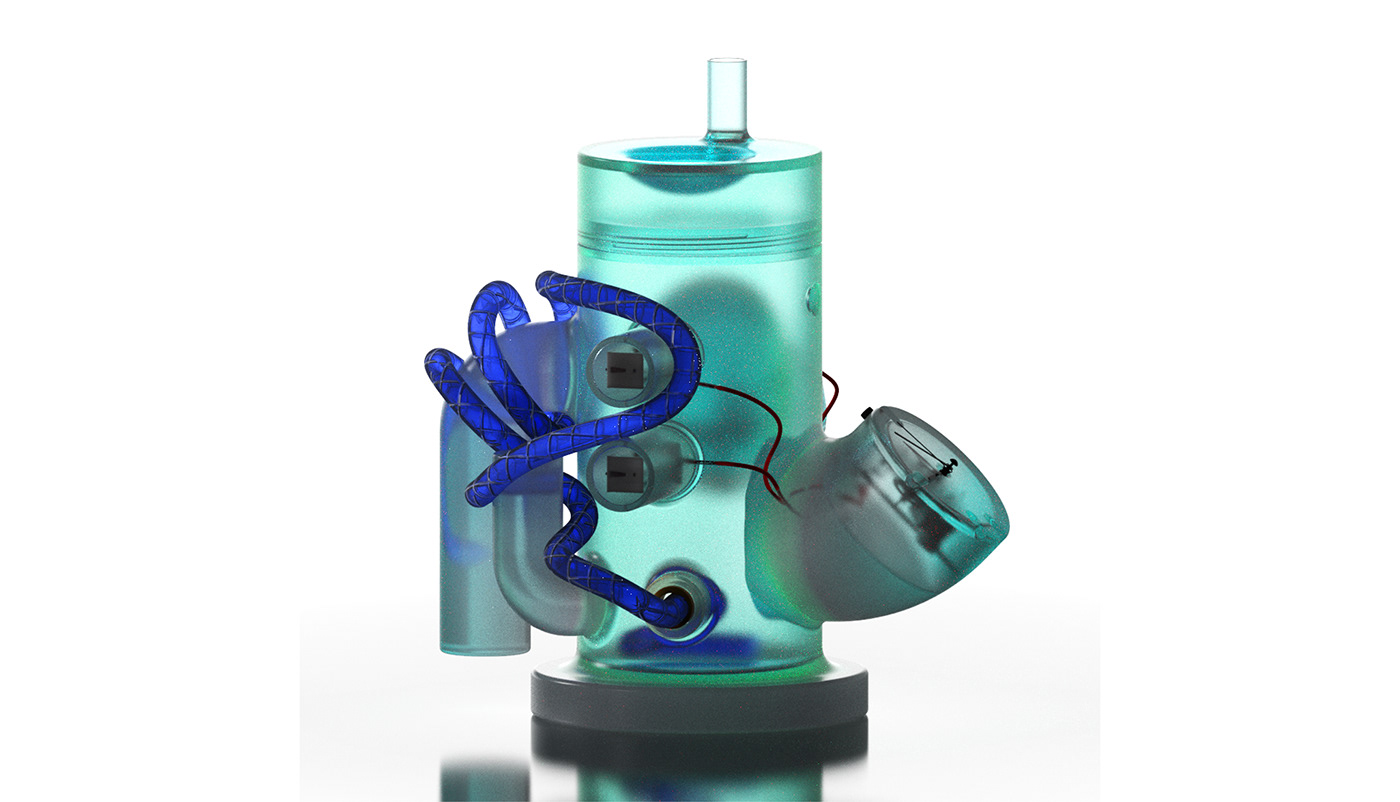


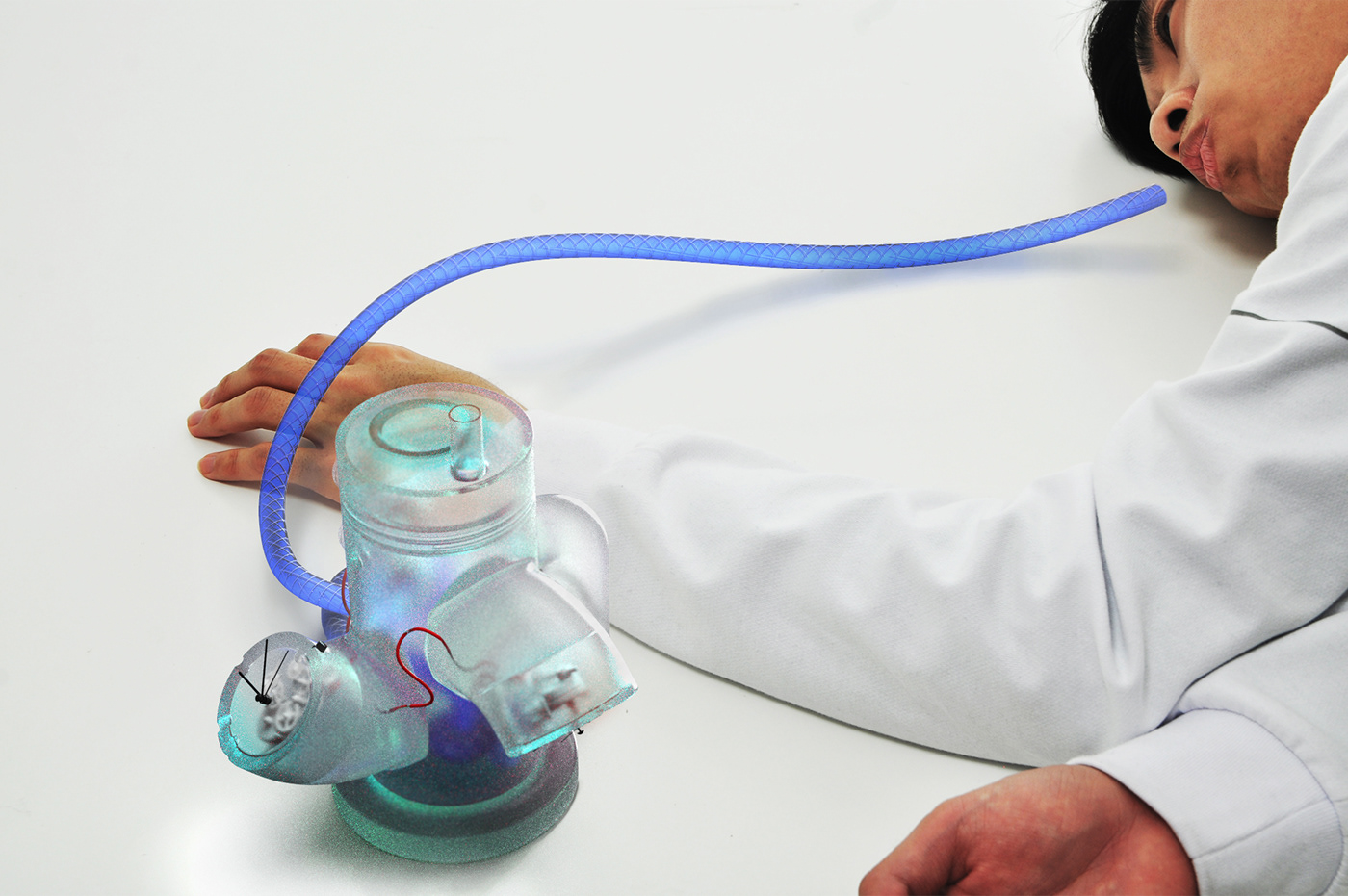
There certainly are functions all users need in common and some functions are unrealistic for users to realize themselves. These parts are presented in the archetype. The form of the archetype is basically a tumbler. The lid and the container part are divided, and there is a spiral connection between them. They are made from imaginary jelly, allowing users to change the shape as they want. Users can use it like a general tumbler without any modification, but they can tame the shape of the container and lid for their own uses.
마시는 행위에는 모든 사용자가 함께 필요로 하는 기능들과 사용자가 직접 만들어야 한다고 하기에는 설득력이 떨어지는 부분들이 있다. 이러한 부분들은 이미 만들어진 원형으로 제시하고자 한다. 마시는 것의 원형은 기본적으로 텀블러의 형태를 하고 있다. 뚜껑 부분과 액체를 담는 부분이 나누어져 있고 둘을 연결하는 나선형의 연결 부위도 만들어져 있다. 이들은 가상의 젤리로 이루어져 있어 사용자가 원하는 형태로 변화시킬 수 있다. 사용자는 주어진 원형을 변형하지 않고도 지금의 텀블러와 같이 사용할 수 있지만, 몸통과 뚜껑의 젤리 부분들을 이용하여 이 원형을 길들여 자신만을 위한 물통을 만들 수도 있다.




The second one is an archetype of communication with things. What was discovered through observation of smart devices was that attempts to enable all communication through a few devices limits communication methods to only few general ways such as GUI and VUI. However, they are not always the best interaction for users. We will show the limits of modern products through various interactions that only the user of contemporary product can use comfortably and joyfully.
Communication with objects also have some common needs for all users. These include minimum area to interact and an editorial guideline for users. So we designed an interactive fabric with a cross pattern that helps the user edit as an archetype of communication. This fabric allows the user to set up object and message for communication. Users can communicate with objects in their own way by editing personal affordance on the fabric.
두 번째 원형은 물건과 의사소통의 원형이다. 스마트기기에 대한 고찰을 통해 발견한 것은 몇 개의 디바이스를 통해 모든 의사소통을 가능하게 하는 시도는 의사소통의 방법을 GUI, VUI 등 보편적인 방법으로 국한한다는 것이었다. 그러나 probe를 통해 발견한 사실은 GUI, VUI가 언제나 사용자를 위한 인터렉션은 아니라는 것이었다. 물건의 사용자만이 편하고 즐겁게 사용할 수 있는 다양한 인터렉션을 통해 현대 물건의 한계를 보여줄 수 있을 것이다.
물건과의 의사소통 역시 모든 사용자가 공통으로 필요한 부분들이 있다. 사용자가 의사를 표현하기 위한 최소한의 조건인 면적과 이 면적을 쉽게 편집할 수 있도록 도와주는 가이드라인이다. 이에 우리는 물건과 의사소통의 원형으로 편집을 도와주는 십자가 눈금이 표시된 인터렉션 천을 제안하고자 한다. 이 인터렉션 천은 사용자가 의사를 전달하는 대상과 내용을 규정할 수 있다. 사용자는 이 천에 개인적인 행동유도 장치를 편집해 넣음으로써 자신만의 방법으로 물건과 의사소통 할 수 있게 된다.

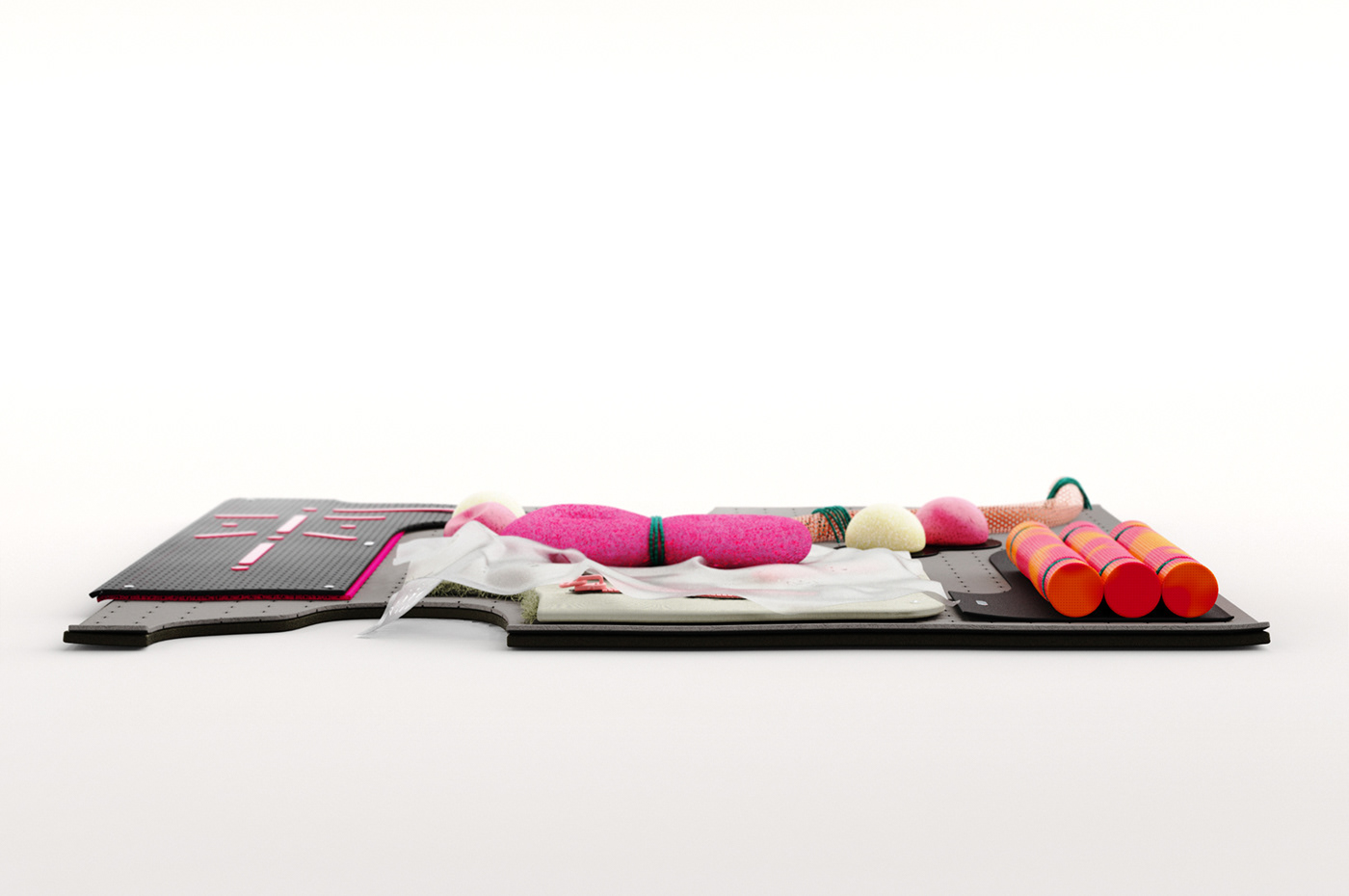
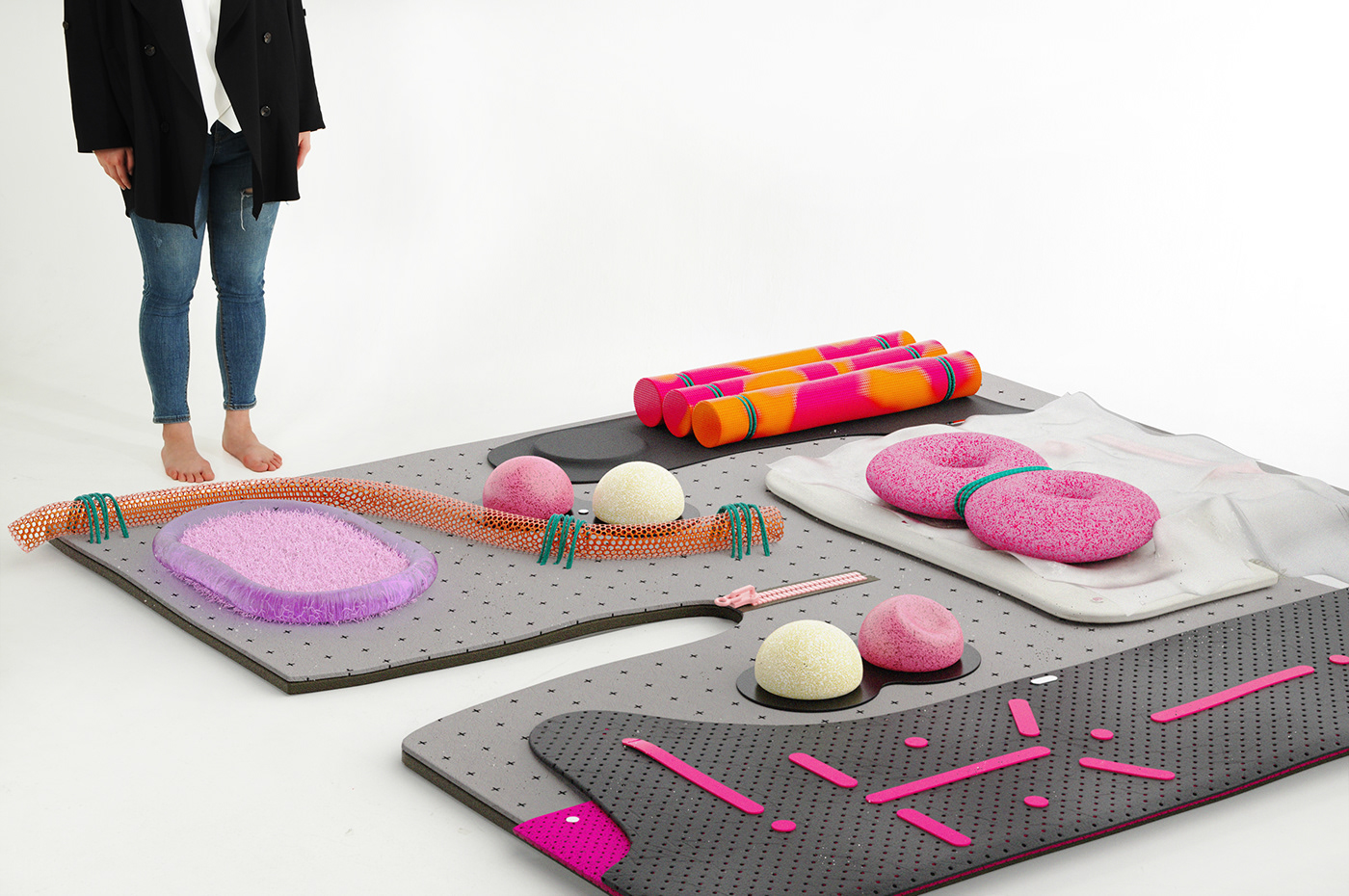


Our project goal is to show empirical limitations of modern products and the potential of future ones. To do this, we had to show archetypes becoming exclusively personal long-lasting objects. Accordingly, the students who participated in "Unsigned things: Speculative design project" did a thought experiment using each of the archetype we suggested.
이번 프로젝트에서는 현대 물건의 경험적 한계와 미래 물건의 가능성을 보여주고자 한다. 이를 위해서는 앞서 소개한 물건의 원형이 “나만 오래 잘 사용하기 위한 물건”이 된 모습을 보여주어야 했다. 이러한 물건을 찾기 위해 “무명(無名)의 물건”에 참여한 디자이너들이 위에서 제시한 원형들을 각자 사용해보는 사고 실험을 진행했다.

Also, we gathered our findings and arguments in a book. The book contains not only the design process, but also introduction to speculative design, document of speculative design workshop, more specific explanation of our subject and personal comments of each participant. For those who are more interested in our topic, we recommend a reading. You can access from the link below.
또한, 우리의 고민과 탐구를 책으로 엮어보았다. 책에는 디자인의 과정뿐 아니라 speculative design에 대한 소개, speculative design과 관련 워크숍 기록, 주제에 대한 더 자세한 설명과 참여자 각각의 견해까지 담겨있다. 궁금하신 분들께 일독을 권한다. 해당 책은 아래 링크를 통해 읽어볼 수 있다.
<No-named Things: Speculative design project>
(Currently, It is written in Korean only)
(Currently, It is written in Korean only)
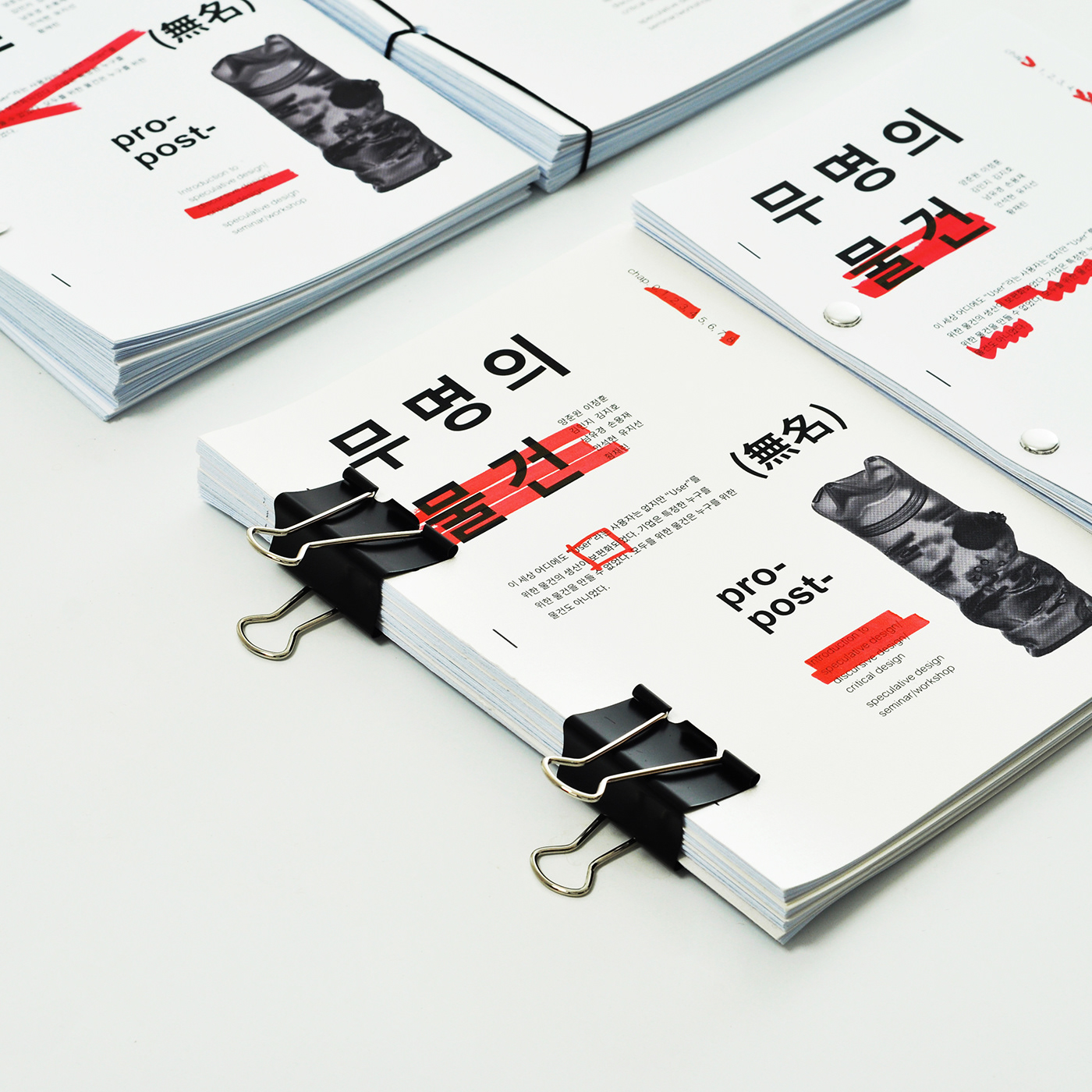

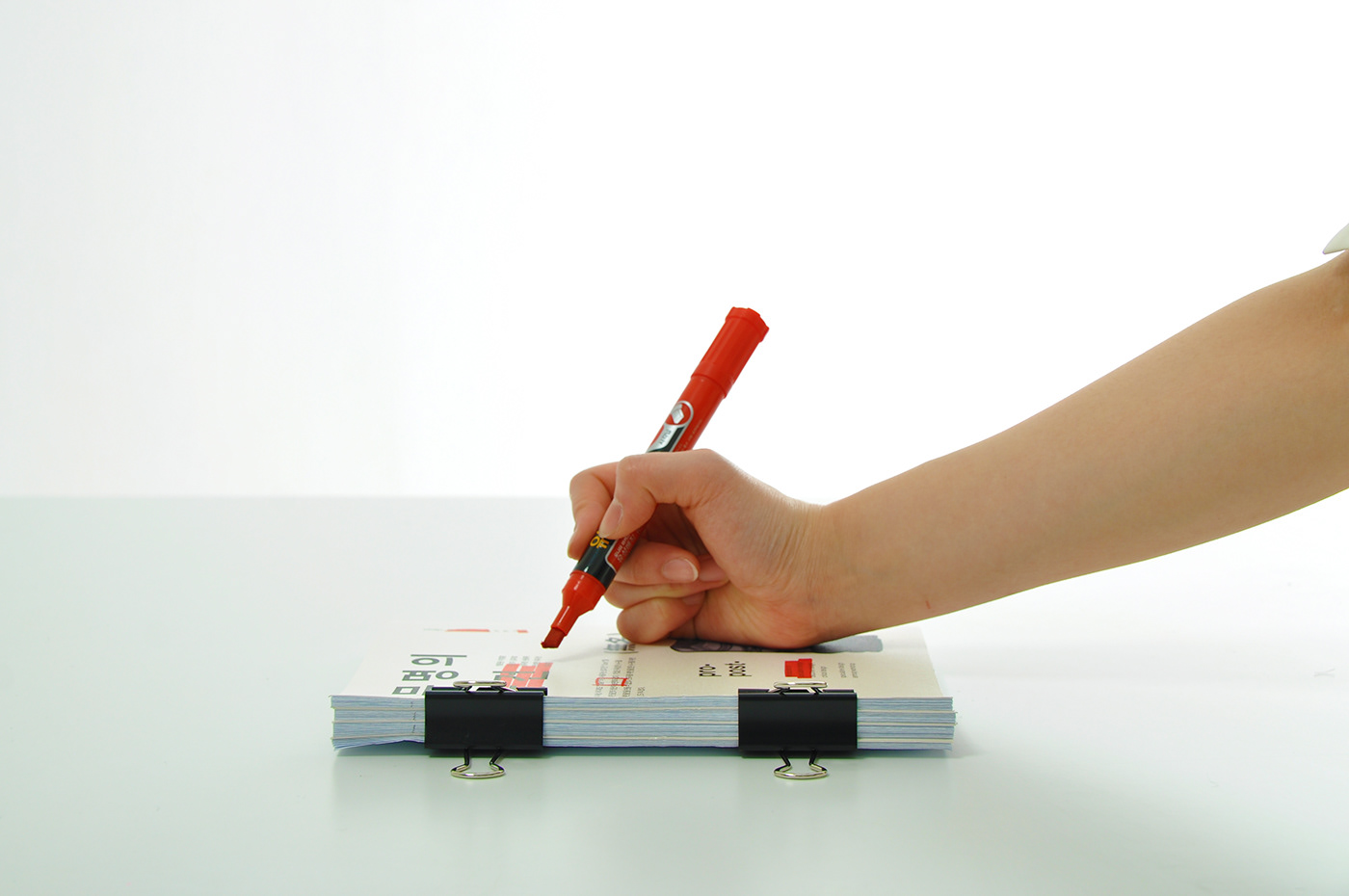

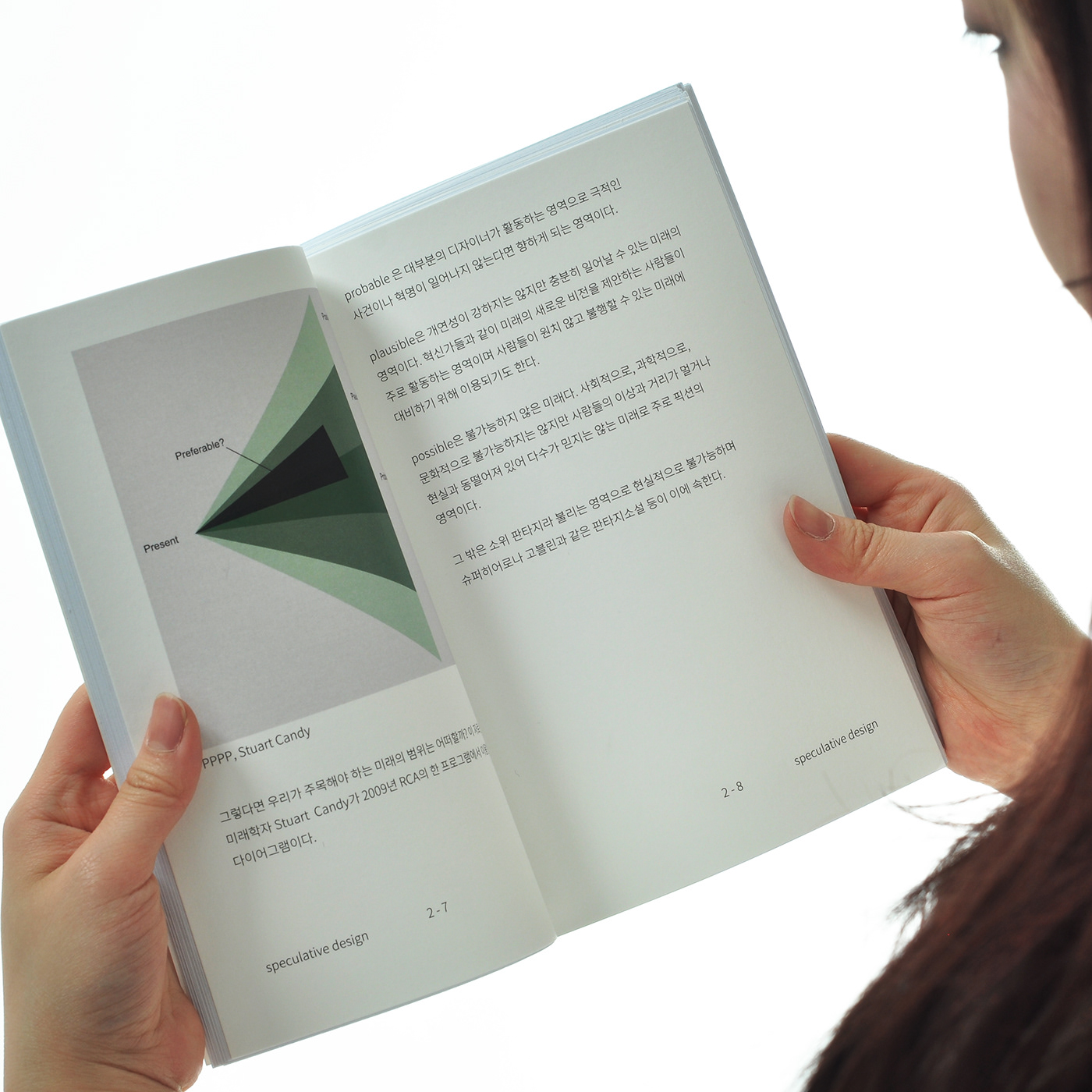
In this project, we did a speculative design about contemporary products. We tried to suggest the possibility of future things we discovered by facing familiarity unfamiliarly. The products we share through this project are examples of post-contemporary things that we found after repeated experiments. We hope you get your own question about the limitations and possibilities of post-contemporary products with the future fragments we designed.
우리는 탈(脫)현대적 제품에 대한 speculative design을 진행했다. 익숙함을 낯설게 바라보며 발견한 가능성을 선명하게 전달하기 위해 노력했다. 이 프로젝트를 통해 공유하는 제품들은 반복된 실험 끝에 찾아낸 탈(脫)현대적 물건의 표본들이다. 우리가 보여주는 미래의 파편을 보며 현대적 제품의 한계와 가능성에 대하여 각자의 물음을 가지게 될 수 있었으면 한다.
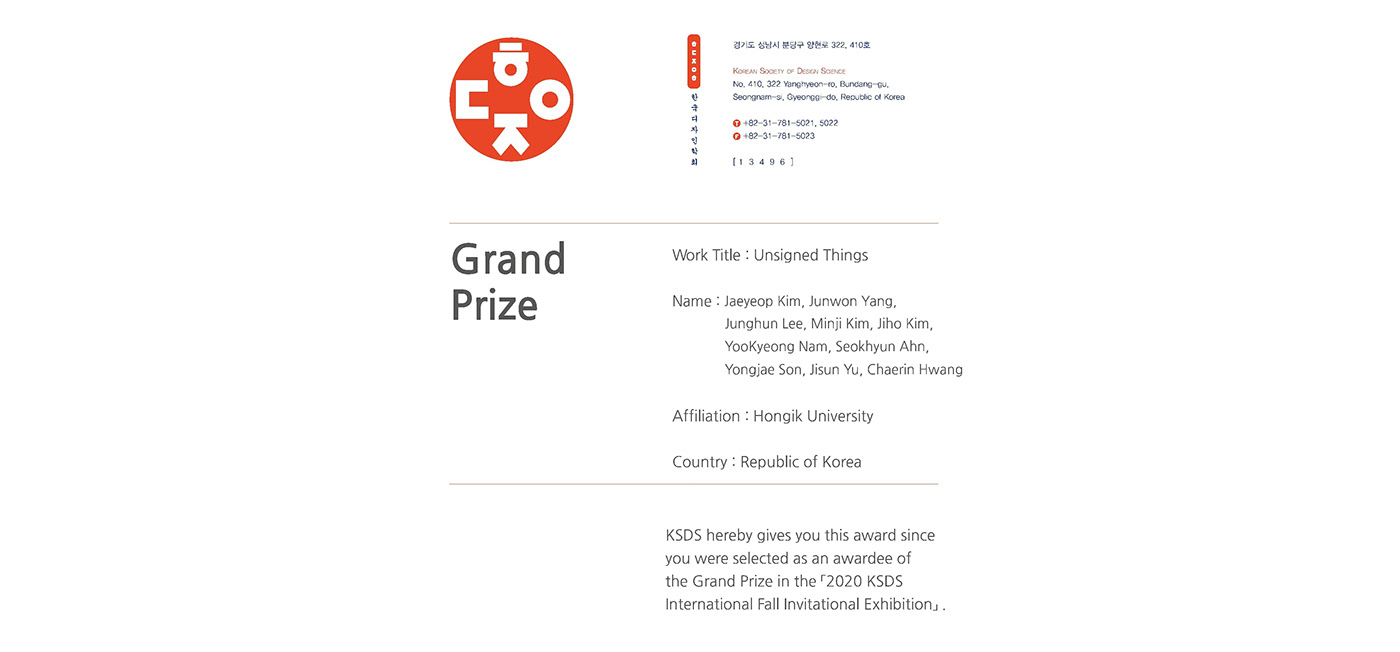
Project English title has changed to "No-named Things" from "Unsigned Things"
무명(無名)의 물건
No-named things: Speculative design project
No-named things: Speculative design project
Junwon Yang / Junghun Lee / Minji Kim / Jiho Kim / Yookyeong Nam /
Yongjae Son / Seokhyun Ahn / Jisun Yu / Chaerin Hwang
Yongjae Son / Seokhyun Ahn / Jisun Yu / Chaerin Hwang
2019.10 - 2020.03
Contact: hongikspeculation@gmail.com
Junwon Yang: junjunwon@gmail.com
Junghun Lee: timeforce@naver.com
Junwon Yang: junjunwon@gmail.com
Junghun Lee: timeforce@naver.com

